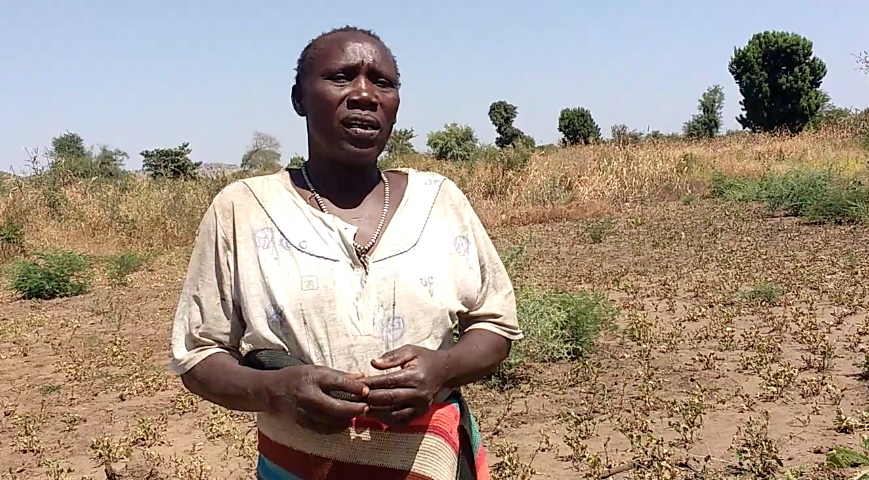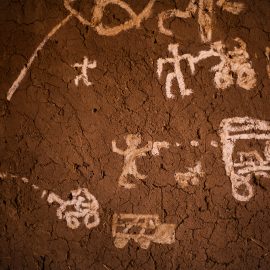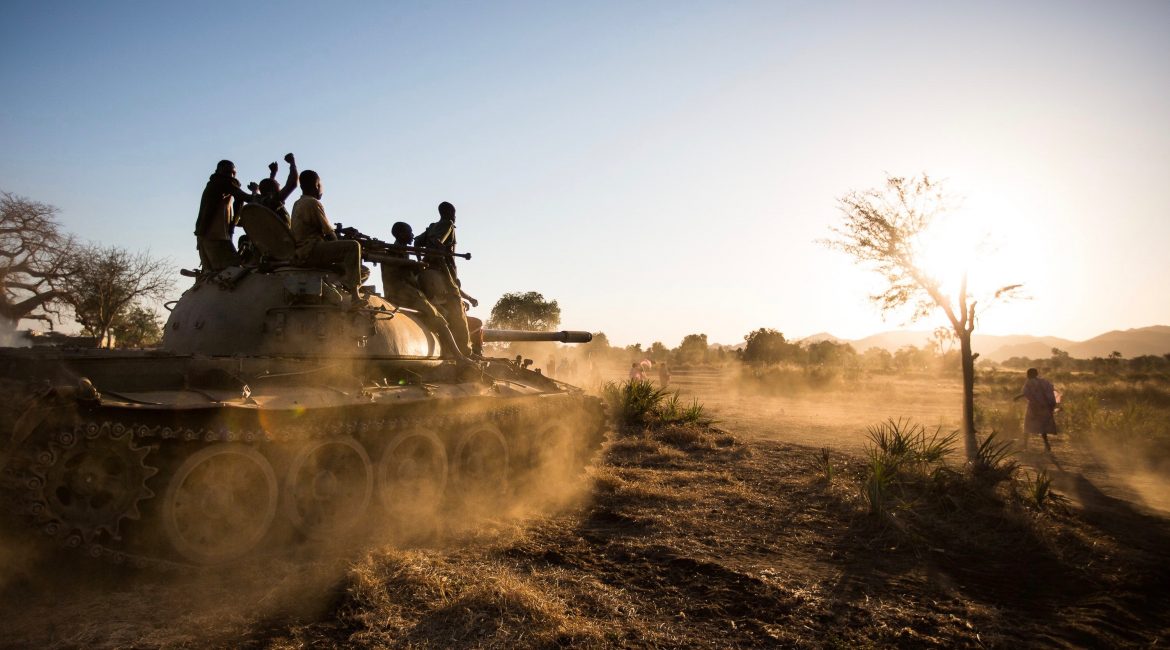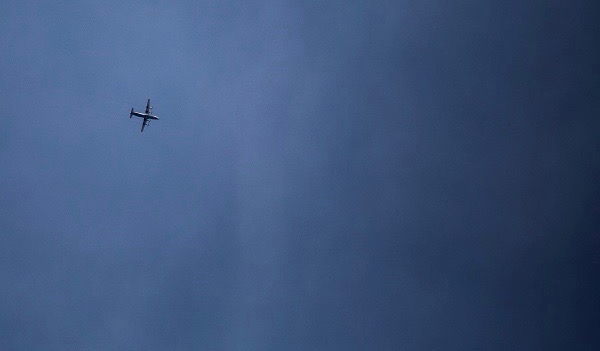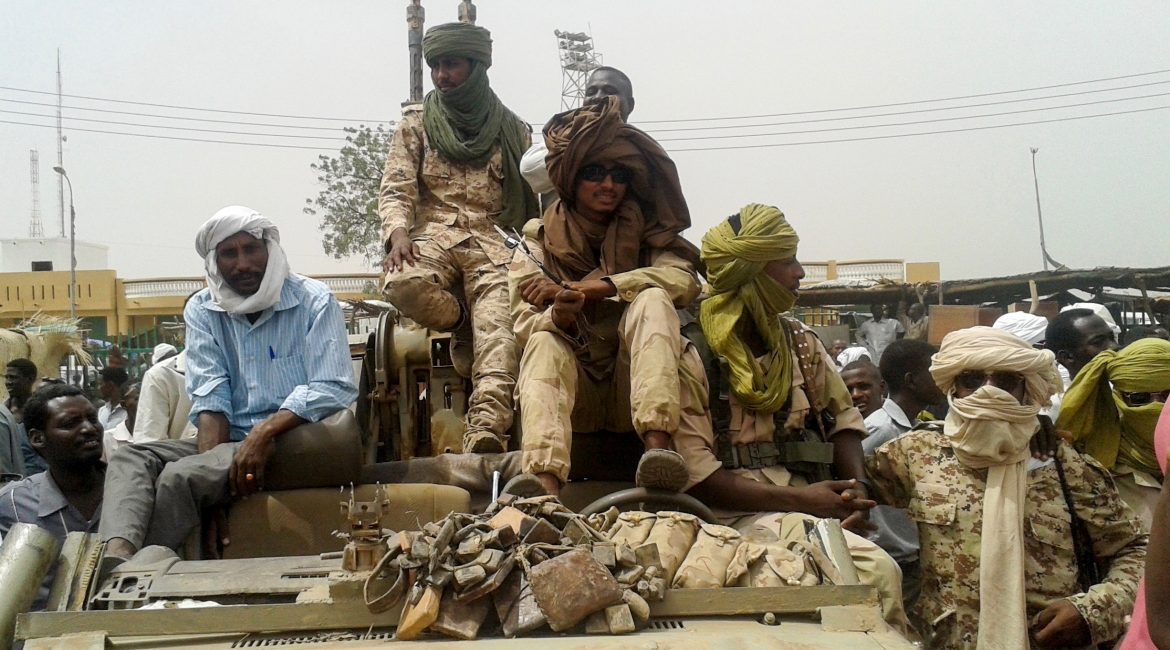SUDAN INSIDER |
This news summary is part of our Sudan Insider, a monthly newsletter providing news and analysis on Sudan’s biggest stories.
Subscribe here to receive the Sudan Insider in your inbox.
…………………………………………………………………………………………………………..
Food insecurity in Nuba Mountains, Blue Nile
What happened…
South Kordofan is experiencing some of the highest food insecurity since the conflict began in 2011. Areas especially hard hit include: Delami County, northern Heiban, Western Kadugli, Western Jebel and isolated regions such as Kao-Nyaro and Werni, according to South Kordofan-Blue Nile Coordination Unit, an organization that monitors food security and displacement in the two areas.
Poor rainfall and insecurity has led to poor harvests with the average household producing 2 – 3 sacks of the staple crop sorghum this year compared to 15 – 25 sacks in 2014. The scarce grain supply, deteriorating value of the South Sudanese Pound and government forces’ occupation of key farmland in rebel-controlled areas, have all led to skyrocketing prices, constraining household purchasing power. Sorghum prices, for instance, are now 34 – 90 percent higher than in December 2015.
As a sign of the dire times, poorer households are now crossing into government-controlled areas in search of food. At least 46 displaced people from Heiban and Delami counties have crossed over to government territory, according to verified reports by the Coordination Unit.
In comparison, food security improved in Blue Nile State thanks to relatively better rains than in South Kordofan. According to the Food Security Monitoring Unit (FSMU), 11,000 people were severely food insecure in Blue Nile in October 2016, a considerable reduction from the 37,000 recorded in July last year. The decent harvests have reduced prices in the four key markets in comparison to previous years in Blue Nile State.
Certain areas in Blue Nile, however, are facing food shortages especially the rebel-controlled Yabus region along Yabus River and the Koma Ganza area. According to the SPLM-N Secretary of Agriculture in Blue Nile, sorghum production in the Yabus region is 50% lower than previous years. Insecurity in South Sudan has also affected border markets such as Baila and Mayak with severe price hikes for basic commodities in December and January 2017. The price of sugar, for instance rose by 50% and soap a staggering 500% price increase.
What it means…
Civilians in the Nuba Mountains are contending with one of the worst food scarcities witnessed since the conflict began in 2011.
The ongoing process of refugees returning to the Nuba Mountains further compounds the situation. Many Nuba refugees have fled insecurity in South Sudan, including roughly 1,143 households from Yida refugee camp from September – November 2016, according to aid agencies.
Although less drastic, Doro refugee camp in South Sudan has seen hundreds of refugees return to Blue Nile in late December 2016 due to insecurity between the refugees and host community in Maban, Upper Nile State. None of the refugees returning to South Kordofan or Blue Nile were able to plant and must rely on already diminishing food stocks.
The need for humanitarian aid is greater than ever but aid access remains blocked. Both the government and SPLM-N cannot agree on a humanitarian aid access route –the key issue that led to peace talks collapsing last year.
The current skirmishes between the government and rebels is taking place near a key border market in Western Jebel that might exasperate food scarcity even further. Recent fighting has all taken place near Lima market, a trading post that acts as a supply line for civilians in both government and rebel-controlled areas.

